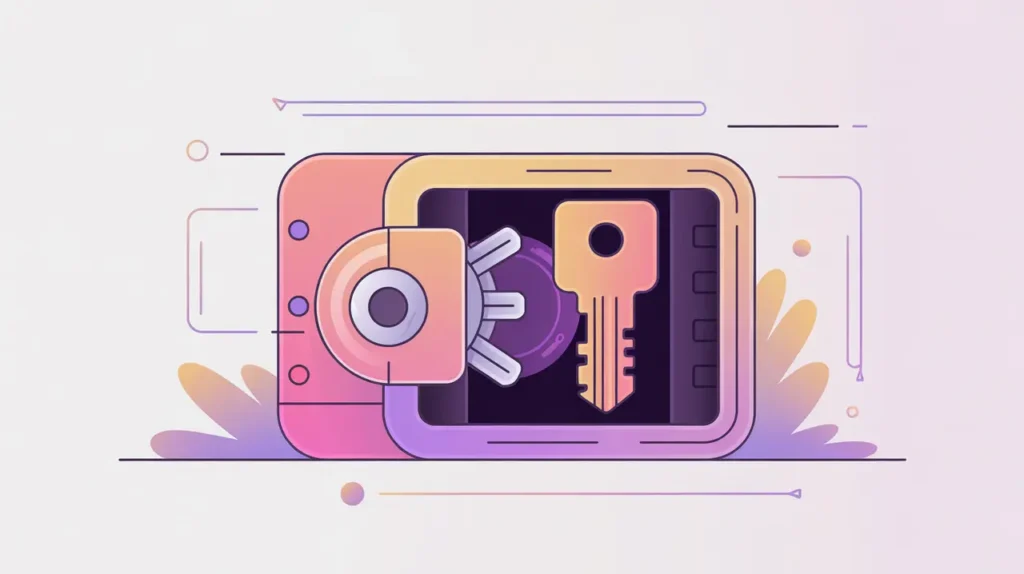Importance of AIOps
AIOps, or Artificial Intelligence for IT Operations, is the application of machine learning and advanced analytics to automate and enhance IT management. It is designed to process the massive volumes of data generated by modern systems, identifying patterns, detecting anomalies, and predicting issues before they cause disruptions. Its importance today lies in the complexity of digital infrastructure, where manual oversight is no longer sufficient to ensure performance, reliability, and security.
For social innovation and international development, AIOps matters because mission-driven organizations often run digital services with small teams and limited budgets. By automating monitoring and response, AIOps reduces operational burden and makes it possible to maintain stable services even in environments where resources are scarce.
Definition and Key Features
AIOps platforms ingest data such as logs, metrics, and traces from across an organization’s systems. They use algorithms to detect correlations, surface anomalies, and recommend or execute corrective actions. This turns raw monitoring data into actionable insights, helping IT teams resolve problems faster and optimize performance.
AIOps is not the same as traditional monitoring tools, which rely on static thresholds and manual responses. Nor is it equivalent to full automation, since AIOps typically augments human decision-making by providing context and prioritization. It is a blend of automation, analytics, and AI designed to support the operational backbone of organizations.
How this Works in Practice
In practice, AIOps workflows include anomaly detection, event correlation, and root cause analysis. For example, when latency spikes occur, an AIOps platform can analyze logs, identify the source of the problem, and suggest or trigger fixes. Machine learning models are trained on historical system data to improve accuracy over time.
Challenges include the risk of false positives, integration complexity, and the need to build trust in AI-driven recommendations. However, as organizations embrace cloud-native systems and microservices, AIOps is becoming increasingly valuable for reducing downtime, managing costs, and ensuring resilience.
Implications for Social Innovators
AIOps has practical applications for mission-driven organizations. Health platforms can use it to ensure telemedicine services remain available by automatically detecting and mitigating system issues. Education systems can rely on AIOps to keep online learning tools responsive during peak usage. Humanitarian agencies can use it to monitor crisis information platforms, reducing the risk of outages when communities need them most.
By combining automation with intelligence, AIOps helps organizations deliver reliable digital services while focusing staff time on mission priorities rather than system firefighting.







